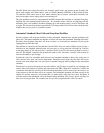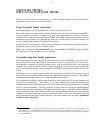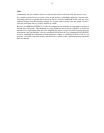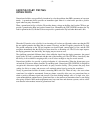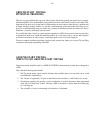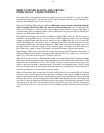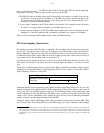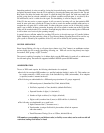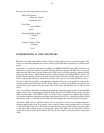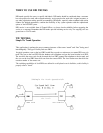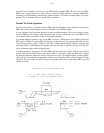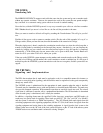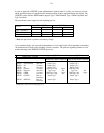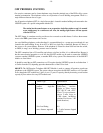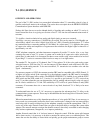The options for each trunk group are as follows:
* DID Trunk Protocol
*Wink start (default)
-14-
●
immediate start
* Dial Mode
* pulse (default)
●
tone
* Expected Number of Digits
* 3 (default)
*0 to 4
* Number of Digits to Add
* 0 (default)
* 0 to 4
CONSIDERATIONS IN USING DID TRUNKS
DID trunks are reliable and efficient, but they are more complex than loop-start or ground-start trunks. This
is why it is especially important to be aware of the way the individual components of a DID system
interact.
In particular, it is especially important to coordinate any MERLIN LEGEND system PBX installation and
maintenance work at the customer’s premises with the operating company. The PBX must be properly
administered for DID service, and the proper type of DID service, before the operating company puts the
trunk group into service.
If DID trunks receive too many incoming calls while the PBX is “down” it is
possible that the network will record enough integrity failures to remove the DID trunks from service.
Callers to these trunks will receive reorder tone even after you’re sure you’ve returned the PBX to service.
In order to avoid this possibility, some telephone companies offer a busy-switch which is located at the
customer premises and connected to the CO. When testing is to be done, or the PBX powered down, the
switch can be used to alert the CO, and in turn, the CO will ensure the DID lines are not removed from
service.
Also, it is possible for the PBX to misinterpret the addressing information sent from the CO when the DID
trunk is seized. This is called digit mutilation. When this occurs, the PBX receives only part of the
addressing information. The LEGEND system will almost always recognize the mutilated digit sequence
as incomplete addressing information and return reorder tone to the CO. It is statistically possible for digit
mutilation to result in a valid, but incorrect DID code. If this happens the caller will get the wrong party.
And finally, DID service is efficient because it does not require a one-to-one correlation between a
telephone number and a trunk. In a properly sized system this enables more incoming traffic to be routed
over the DID trunks. However, if the system has been undersized (too few DID trunks to carry the traffic)
it will appear that incoming callers are getting busy signals while DID users are sitting idle. The busy
signals are actually reorder signals from the CO. The obvious solution to this problem is to install more
trunks.



